 CAES News
CAES News
2026 AGL Class
From the heart of rural Georgia to downtown Atlanta, the newest cohort of the Advancing Georgia’s Leaders in Agriculture and Forestry program at the University of Georgia has been chosen from a broad field of applicants. The 2025-26 cohort of 25 participants was selected from more than 90 nominations, 70 applications and 40 interviews for the innovative, 18-month leadership development program.

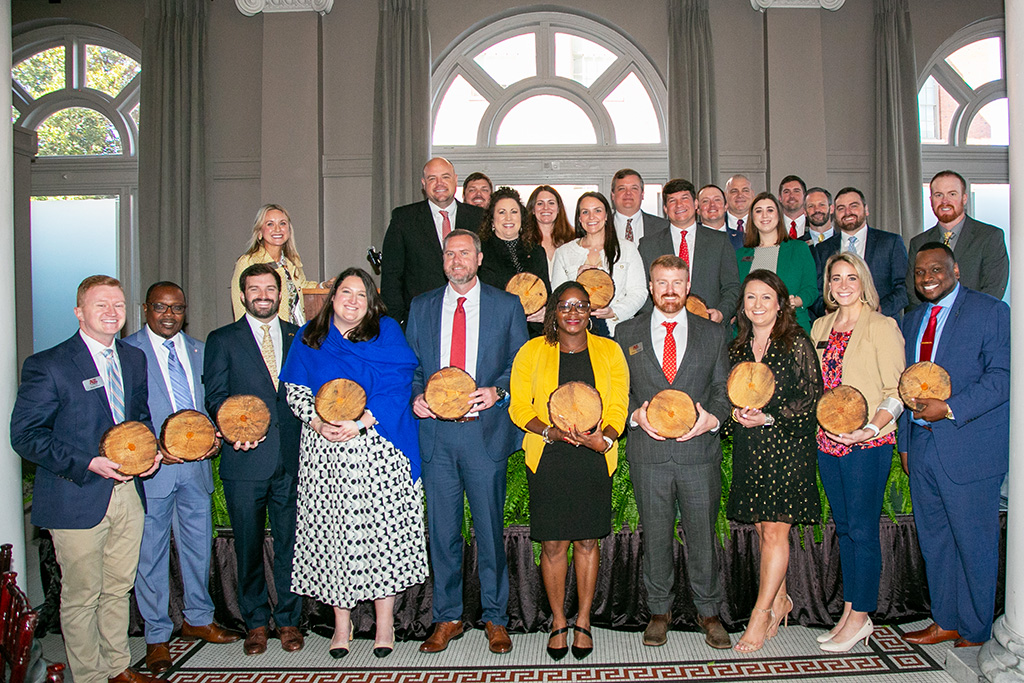
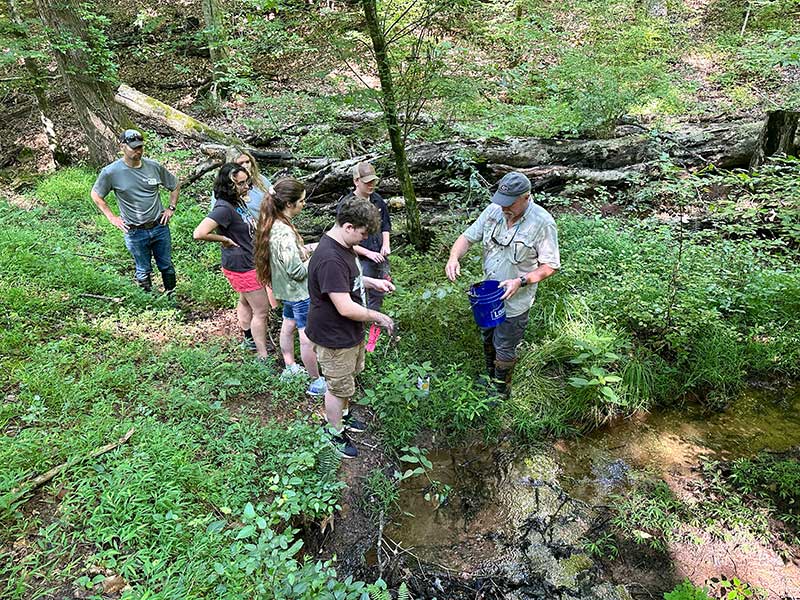
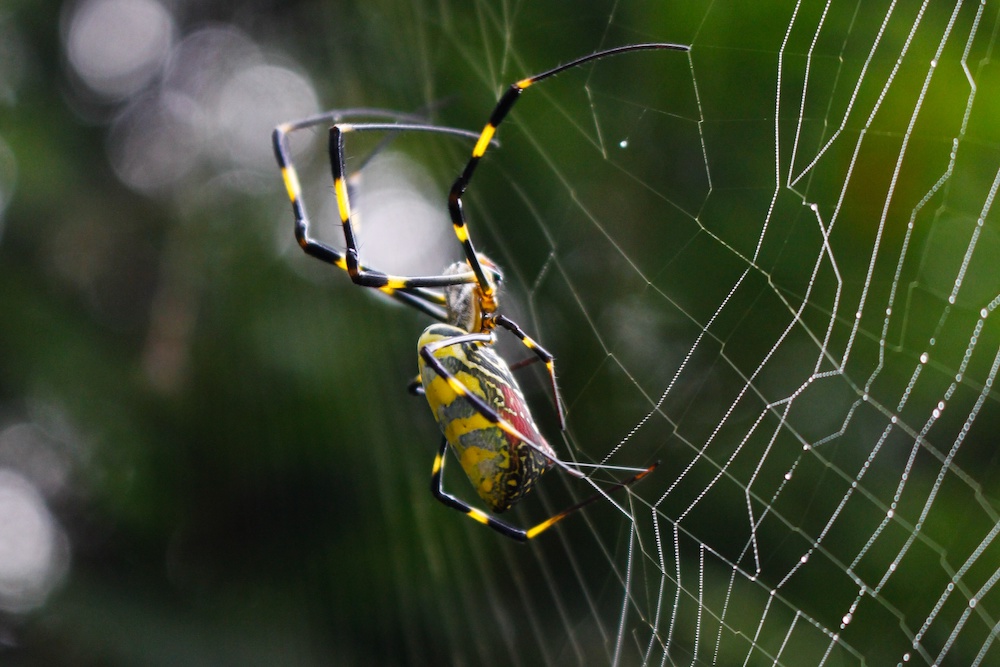
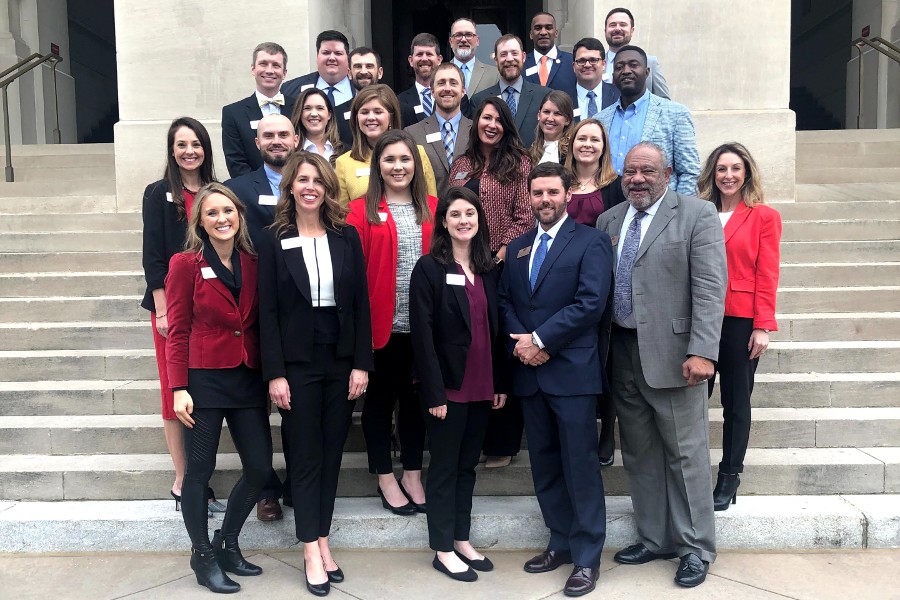
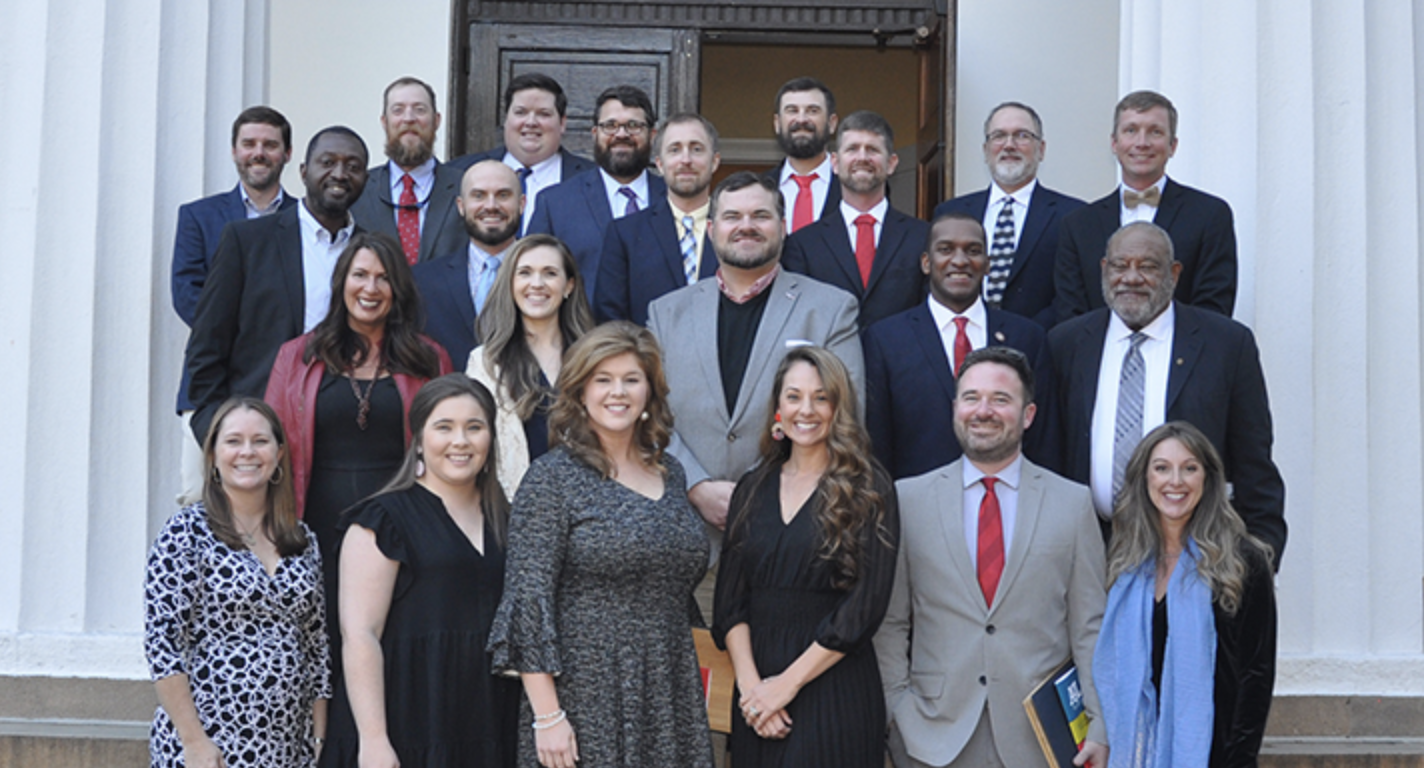
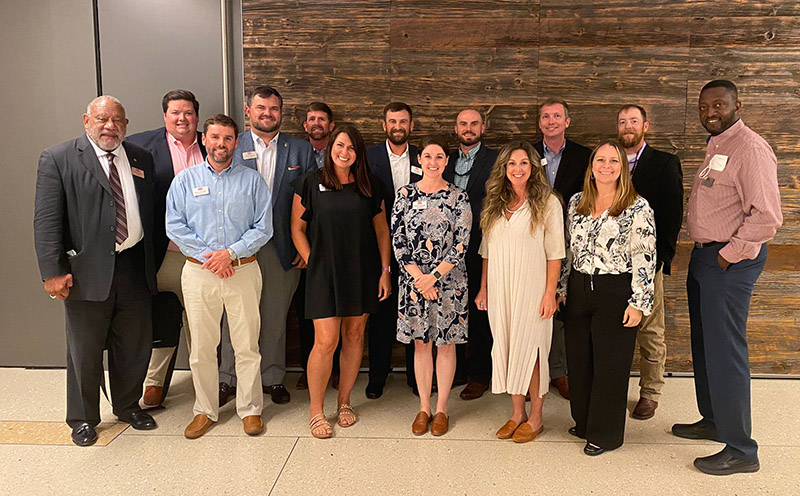
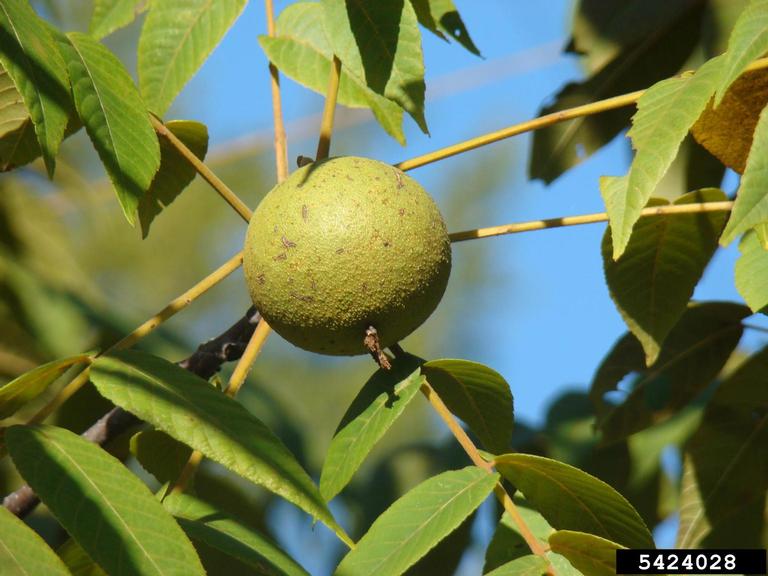
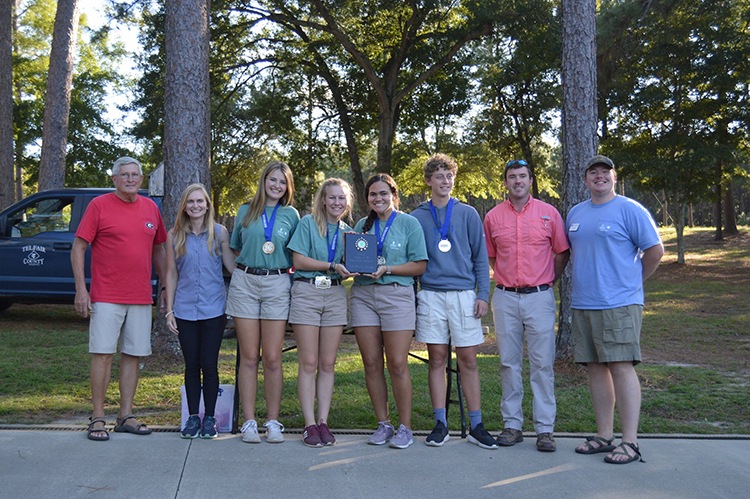
web.jpg)